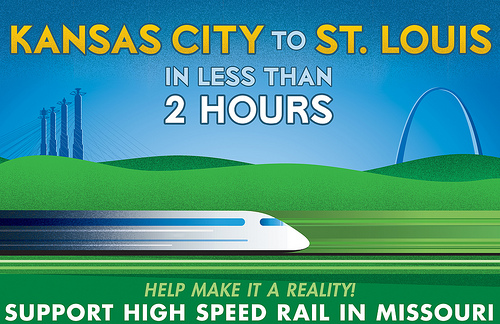What if we recruited artists and designers to help sell the American public on the idea of high-speed rail?Illustration: Chris MurphyEarlier this week, the federal Department of Transportation announced $2 billion in new awards for 22 intercity rail projects that will improve the speed, aesthetics, and range of our existing rail system, while also studying the potential for high-speed rail in unexpected places like Texas. After a year in which Tea Party governors of Florida, Ohio, and Wisconsin refused federal assistance and canceled high-speed rail construction, this is a shot in the arm for rail advocates. But there is much more work to be done in convincing the public of high-speed rail’s importance, and advocates need to look beyond Washington for help in getting high-speed rail on track. Transportation and infrastructure advocates should partner with an unlikely but historically beneficial ally: the art and design community.
During the Depression, FDR’s administration smartly commissioned photographers to document the country’s poverty as well as government-funded infrastructure projects, such as the building of airports, bridges, and highways. Whil... Read more
